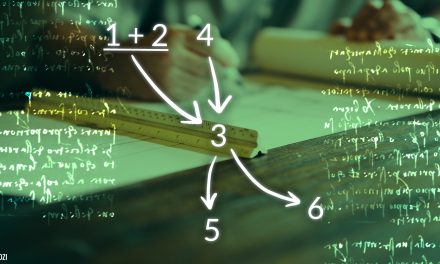This text is the second part of the post What Is A Good Discussion? – Part I.
In the previous reflection, I talk a little bit about what are the premises and the importance of to clarify the meaning of concepts and words and, that way, trying to prevent misunderstanding during a discussion. Now, I’d like to bring some ideas about different logic systems that could be used to guide our thoughts, deduction, and induction.
Before we go into the deduction system, I’d like to look back on the relationship between conclusions and premises.
Basically, the premises are what we provide to establish the foundation of our conclusions. In other words, we need to give some reasons to believe that certain assertions about something are true. Beyond that, there also are distinct manners to associate premises and conclusions, two of them are the deduction and the induction, let’s take an overview of each of them.
Another important note, from a logic perspective, an argument or inference is the name given to a combination of propositions in what some of them are the premises and others are the conclusions.
Deduction
When we use the deduction framework, we expect that the truth premises will guarantee the conclusion. So, in other words, considering certain premises, the occurrence of the conclusion offered is inevitable. That’s what we call a valid argument.
For example:
- Jessica is taller than me.
- I’m taller than Josh.
- Thus, Jessica is taller than Josh.
In this example, we can easily identify the premises and the conclusion: 1 and 2 are the premises, and 3 is the conclusion. However, don’t always expect that in real-world discussions. And, is impossible to the conclusion to be false considering the given premises.
Induction
In the induction framework, we don’t try to achieve certainty and we just try to establish how strong the arguments can be. So, given some premises, the conclusion could be just probable instead of inevitable, even when we have a strong argument.
For example:
- In a basket, there are seven apples and four bananas.
- I’ll take one fruit randomly.
- Thus, probably I’ll take an apple.
As we can easily recognize in the example above, we can’t know for sure what fruit we’ll take, we can just to calculate the probabilities.
A Good Discussion
Considering what was presented above and what was discussed in the previous text, let’s do a checklist of what we can do to possibly achieve a good discussion.
- Make sure that the words refer to the same concept, use words with the same meaning.
- If achieving unanimity about something is a necessity, it’s important to establish common truths, in other words, starting from the same premises.
- Be honest about the relation between premises and conclusions. Clarify if the premises offer certainty or probability about conclusions. That is, clear up if premises and conclusions are connected in a deductive or inductive way.
Certainly, there is much more to learn about it, but more important than that is to start. I hope with all my heart I have helped you with this.
One more thing, I’ll write a text about the abduction framework to complete this series about what is a good discussion.
See you soon!
Reference
Baronett, Stan. Lógica: uma introdução voltada para as ciências / Stan Baronett; tradução Anatólio Laschuk. – Porto Alegre: Bookman, 2009.





